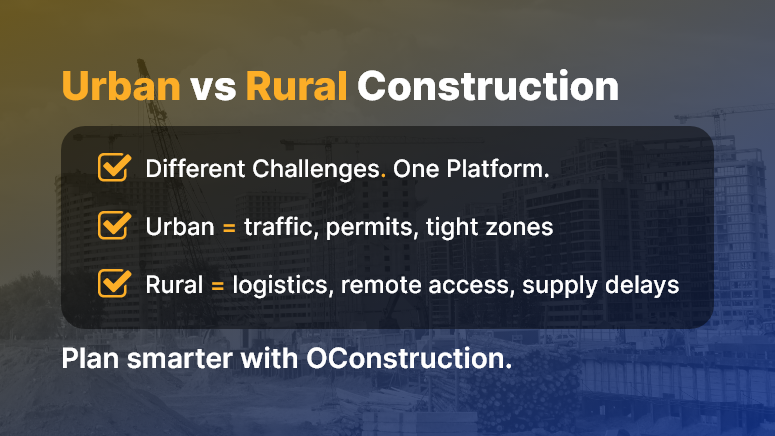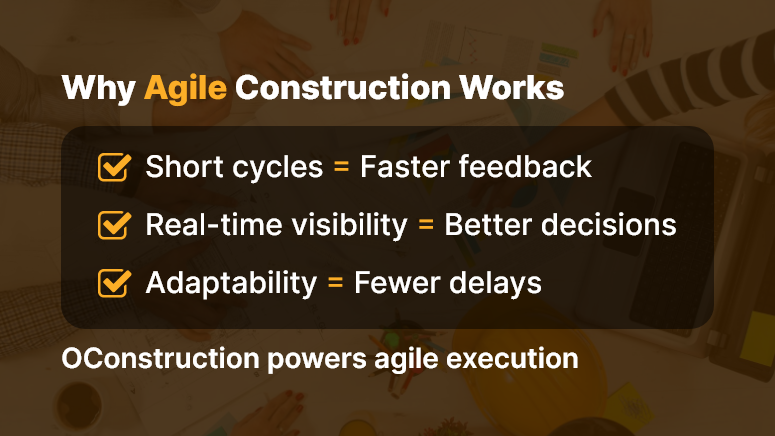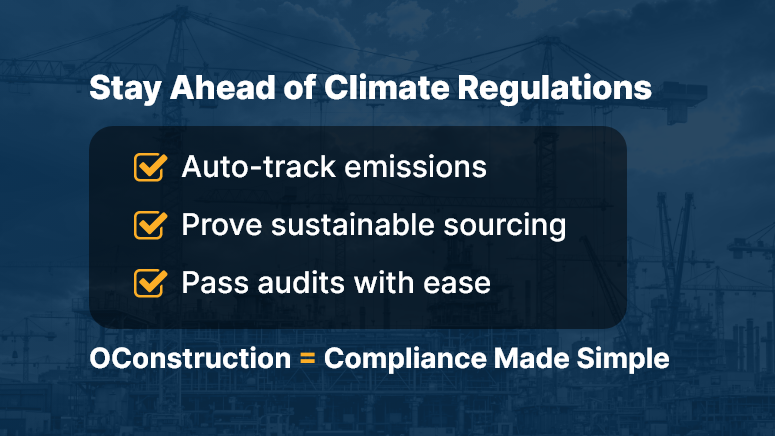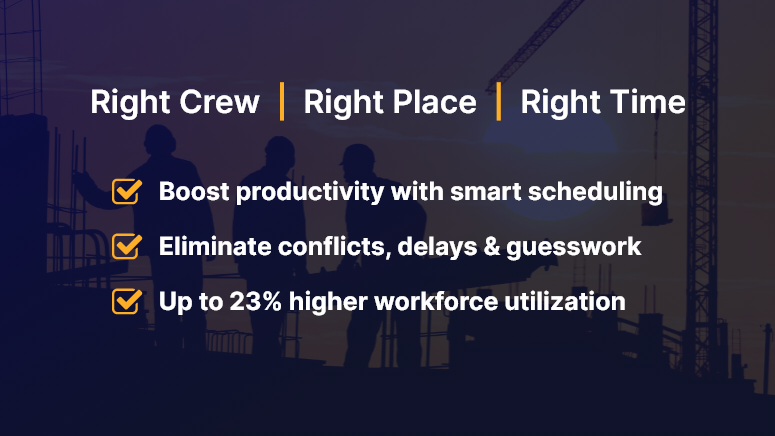Did you know that remote rural projects face up to 40% more logistics delays than urban builds due to supply constraints? When comparing urban vs rural construction, the differences in planning and execution become clear.
Urban sites deal with traffic, zoning limits, and high-density schedules, while rural projects struggle with transport access and remote labor coordination. This matters because each type requires tailored workflows, resource planning, and risk management.
In this post, you’ll explore key contrasts between urban vs rural construction, practical tips for each setting, and how the OConstruction platform helps teams manage both with equal efficiency — and reduce delays and miscommunication across environments.
Business Relevance & Why It Matters
Understanding urban vs rural construction differences is essential for decision-makers — especially project managers, procurement leads, and operations teams.
Urban sites often deal with limited staging zones, tight permitting timelines, and elevated labor coordination.
Conversely, rural construction poses challenges in supply chain logistics, remote workforce management, and infrastructure availability.
Real‑world scenarios highlight the pain points:
- Use Case 1 – Urban: A city high‑rise must time deliveries within narrow window blocks while balancing traffic and zoning regulations. Missed permits or blocked roads cause delays and fines.
- Use Case 2 – Rural: A highway expansion in the countryside struggles with scarce supplier access and unpredictable weather delaying material transport.
- Use Case 3 – Mixed Site: A suburban development combines both. Teams need flexible workflows that adapt to parking-limited urban sections and remote groundwork areas.
Clearly, rigid systems don’t support both environments equally. As a result, companies face delays, cost overruns, and poor coordination.
On the other hand, platforms like OConstruction offer unified dashboards, mobile coordination, and resource tracking that adapt across both urban vs rural construction workflows.
This supports smoother execution and risk mitigation in varied site conditions.

Best Practices, Frameworks & Actionable Strategies
1. Do’s and Don’ts for Urban vs Rural Construction
- Do plan resource delivery schedules in urban zones with restricted windows and traffic considerations. This prevents permitting fines.
- Don’t assume rural sites can handle bulk daily deliveries — road conditions or weather can disrupt timing.
- Do use geolocation tools to track team movement and materials in remote areas.
- Don’t rely on paper logs alone in rural sites — they often get delayed or lost due to lack of coverage.
2. Quick Wins & Best Practices
- Segment delivery zones: Divide urban areas into timed blocks to avoid street congestion. Use notifications to vendors when windows open.
- Set backup supplier routes: For rural projects, establish secondary vendor options and alternate delivery paths to mitigate stoppages.
- Implement mobile coordination: Use field apps to assign tasks, report site issues, and update schedule changes in real time — especially useful in remote builds.
3. Step‑by‑Step Framework Using OConstruction
- Step 1: Define your project type (urban vs rural) and set rules accordingly: timing windows, supplier locations, or access constraints.
- Step 2: Upload POs and delivery schedules; alert vendors automatically about urban restrictions or rural access delays.
- Step 3: Field teams update progress via mobile app — including traffic delays or weather impacts — ensuring data sync immediately.
- Step 4: Monitor resource usage and workforce status in dashboard views, flagged by site type to differentiate urban vs rural constraints.
- Step 5: Generate reports comparing urban vs rural execution metrics — such as delivery compliance, delays, and cost variance — to fine-tune planning for future sites.
This approach connects directly with urban vs rural construction requirements and leverages OConstruction’s integrated features — delivery alerts, mobile updates, vendor coordination — to streamline execution across both settings.
Customer Story/Use Case Example
For example, TerraBuild Inc., a mixed-site contractor, managed both city apartment builds and rural infrastructure works.
They used OConstruction’s site-specific scheduling feature to tailor workflows per location. In urban areas, teams automated delivery windows to match traffic regulations.
In rural zones, they set alternate supplier routes and mobile check-ins for remote labor. As a result:
- They reduced urban delivery conflicts by 30%
- They cut rural site delays by 25% due to alternate route planning
- They consolidated reporting across projects in one dashboard
Here’s how: TerraBuild created separate rulesets for urban and rural sites within the platform. They uploaded schedules, allowed vendors to confirm deliveries digitally, and had field teams report progress via mobile. The system synced all updates instantly to keep planners and onsite staff aligned.
Key Takeaways & Closing Summary
Urban vs rural construction requires distinct planning strategies and execution workflows. Urban sites need tight delivery windows and traffic-aware scheduling, while rural projects demand flexible routes, remote coordination, and supplier redundancy.
Yet with the right digital platform, you unify both environments under one system — driving efficiency and reducing risks.
- In urban settings, schedule deliveries precisely and automate permit-aware alerts.
- In rural zones, establish backup supply routes and leverage mobile updates for real-time feedback.
Ultimately, embracing both planning styles under a centralized tool like OConstruction improves project reliability, reduces delays, and aligns teams across diverse site conditions.









